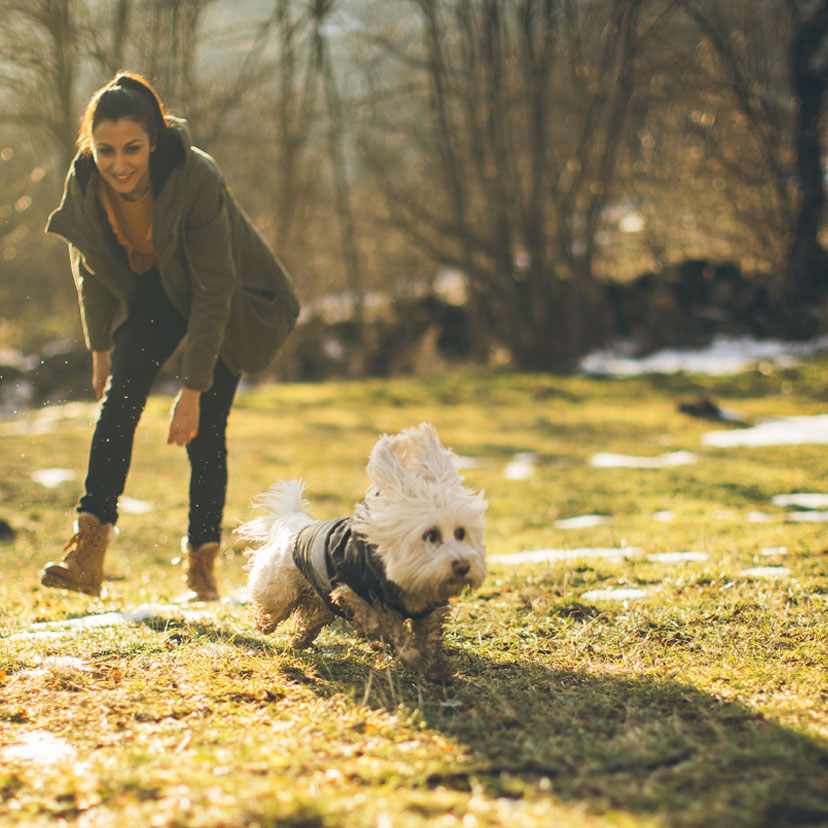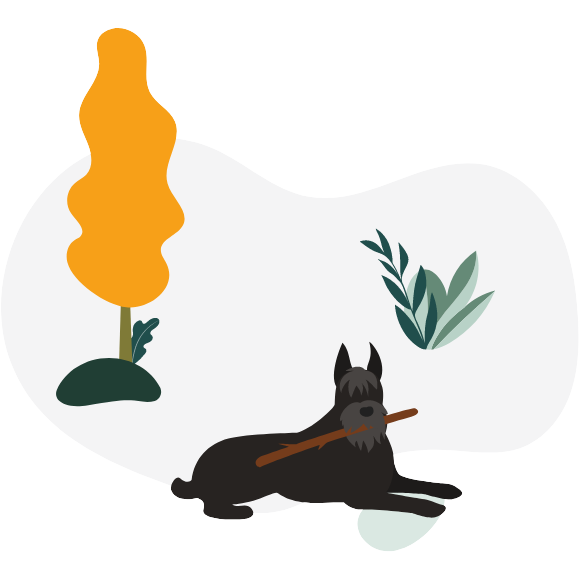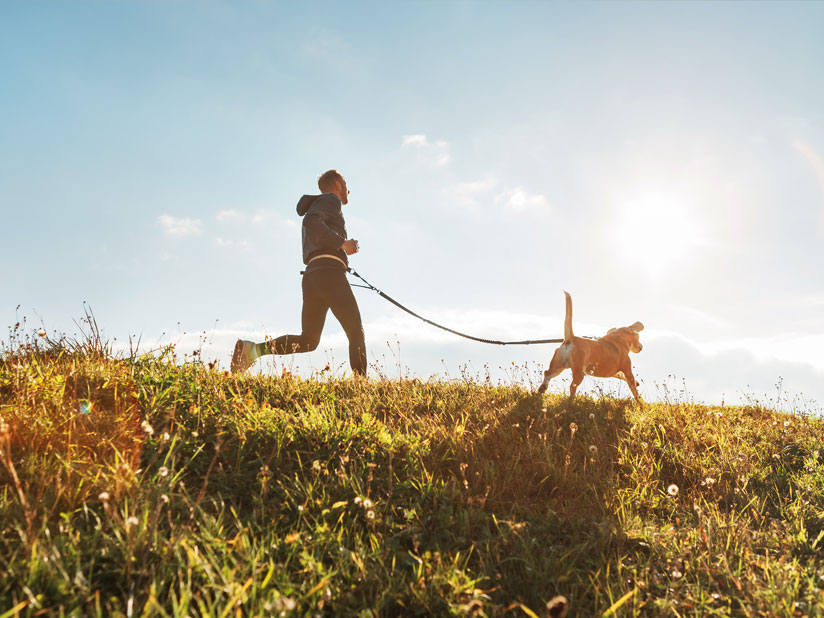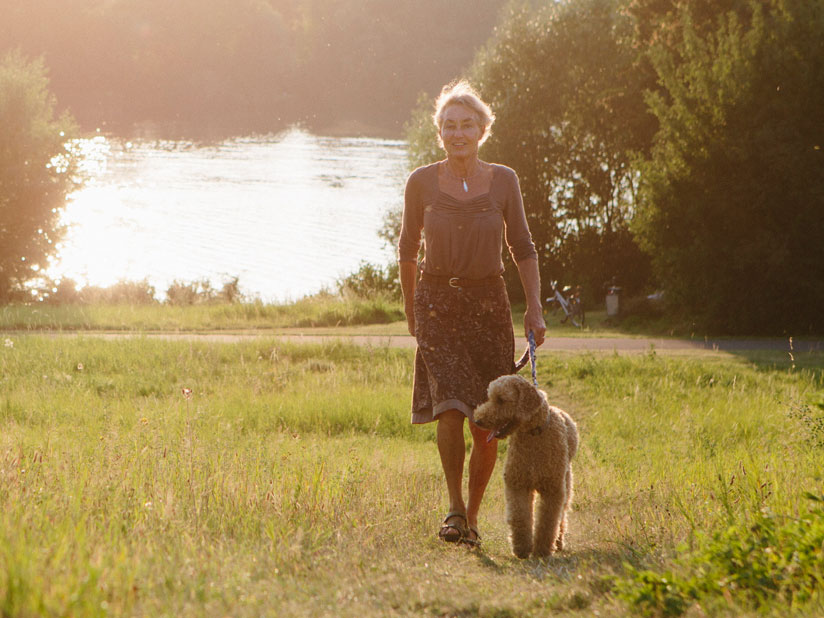
How to get started with dog training
It’s about training you, too
Get into the right mindset
It’s a sad fact that some of the worst behaviours seen in dogs are down to their owners not training them correctly. After all, having the time, money, and space to own a dog doesn’t automatically mean that you’ll be ready to teach it, too.
So, before we go any further, it’s crucial to get into the mindset that you are the key to your dog’s behaviour. It’s going to take commitment and learning. But, trust us: it’ll be worth it.
By dedicating yourself to a training regime with your dog, you’ll discover new ways to enjoy pet ownership and a stronger bond with your faithful friend.
Consistency is the key
One of the most significant issues when it comes to dog training is consistency. All too often, owners will give mixed signals to their pet, which makes learning and behaviour improvement difficult.
Take jumping up on the sofa, for example. When there are guests around, many owners will tell their dogs off for climbing onto the furniture.
However, if they’re alone with their pet, they’ll then let the dog lie on the sofa with them. How does the poor pooch know what’s right or wrong?
Whatever style of training you undertake with your dog, it’s crucial that you maintain consistency.


Age is just a number
There’s a common misconception that only puppies are receptive to training. Well, we’ve got news for you: grown-up dogs make great students, too!
Sure, it might take a little longer to iron out long-term bad behaviour with an older dog. But, with the right training and a committed teacher, furry friends of all ages can be trained. And, as a bonus, the effort taken up by training will distract them from naughty stuff such as chewing furniture and pinching food.
The main types of training
There are loads of different training methods, but here we’ll focus on two: traditional and modern.
Traditional methods focus on rewards, compulsive training (where the trainer physically places the dog in position), and corrective measures.
Modern training relies more on the use of the dog’s intelligence. That means leading your dog to make the right decision and then rewarding them.
From these two methods, trainers often go down one of these three routes:
All positive—this is where you wait for the dog to make the right decisions of its own accord, and then reward the behaviour. It doesn’t rely on punishment, but it can take a bit longer.
All negative—where the trainer will use correction measures when the dog makes a wrong decision. For example: using a choke lead if the dog pulls excessively.
Balance training—this mixes aspects of positive and negative methods, using correction only for serious behavioural issues.
What we mean by punishment
In dog training, punishment is a negative correction that aims to change your dog’s behaviour.
Today it’s only used in extreme situations, like when a dog is aggressive.
Sometimes, if your dog is pulling dangerously when walking, a negative correction such as a choke lead might be used. But a choke lead can’t be used without professional knowledge or guidance from a trainer or behaviour specialist. Don’t ever be tempted to try one without assistance from a professional.
How rewards work in training
Rewards are a perfect way to show your dog that they’ve done something right. It could be a tasty treat or playtime with a favourite toy—the important thing is that it’s something that makes your mutt happy!
Dogs learn visually and get bored easily, so try to keep the rewards varied. You’ll quickly learn what does and doesn’t work, and experimenting is great fun.
Finally, always remember the three-second rule: if you reward your dog within three seconds, then they’ll associate the reward with the behaviour much more quickly.
Ready to get training? Here’s where to go next.

Getting into lead training
If your dog pulls on the lead, it can make walkies stressful and strenuous. Fortunately, there are a few simple steps you can take to stop your pup pulling. We cover them all in this guide.
Read more
How to master the basic dog training commands?
If you’re going to take training seriously, getting your dog to respond to instructions like ‘sit’, ‘stay’, and ‘come’ is vital. The good news is that learning is also great fun! Check out the guide here.
Read more